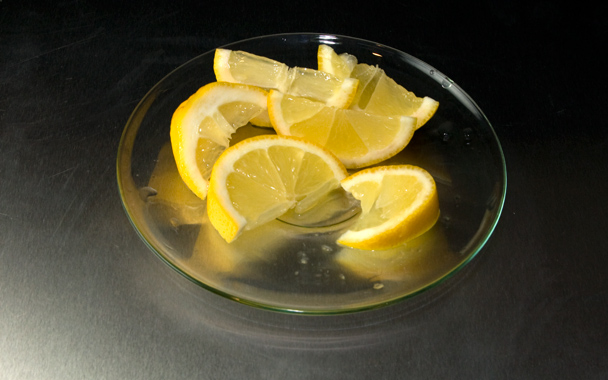Singing the Blues
Staring eye-to eye at a half dozen crustaceans aligned on the kitchen counter, my daughter, then a preschooler, said, “Those are face crabs.”
You probably know them as soft-shell crabs, or blue crabs. But whatever name they go by, the first face crabs of the year—lightly battered, dusted with a pinch of cayenne, and deep-fried—have long been a springtime observance around our house, as important a seasonal marker as summer’s first garden tomato.
It’s a ritual that may be endangered. Our soft-shells come from Chesapeake Bay, and fishery officials in Virginia and Maryland say that crab populations in that troubled body of water have fallen to dangerously low levels. The officials are forecasting that this season, which begins on April 8, might be as bad as last year’s, Maryland’s second poorest since 1943.
In the early 1990s, there were more than 852 million blue crabs scuttling across the bottom of the bay, according to scientists. After more than a decade of steady declines, there are now less than 500,000.
Worried that one of the region’s last commercial fisheries could collapse, regulators are expected to reduce the allowable catch this year. That means there’s going to be short-term pain for Chesapeake watermen. We can only hope that better management will lead to long-term gain for all of us. I like to think that someday my daughter and her kids will be sitting down to a springtime plate of face crabs.
Pet Peeve Department
I hate it when a bartender, unbidden, jams a wedge of lime in my bottle of beer. I have the same reaction when a waiter brings me a glass of sparkling water with a hunk of lemon straddling its rim or floating forlornly on the surface. When I see those dry, shrunken, off-colored pieces of citrus, I can’t help but wonder: For how many days (weeks?) has that thing been sitting in some little stainless-steel tray at room temperature? Whose fingers have handled it? And, God forbid, how do I know that it’s not a recycled reject from a previous patron?
It turns out that sound, scientific data justify my phobia. Gourmet’s Associate Art Director, Kevin DeMaria, whose photographs frequently grace this column (and whom I’ve never seen with a lime slice in his beer), brought my attention to an article published in the Journal of Environmental Health in December. Analyzing lemon slices that were actually served in water or soft drinks in restaurants, Anne LaGrange Loving, a professor at Passiac County Community College in New Jersey, found that the nearly 70 percent of the samples contained bacteria and other microorganisms that “have the potential to cause infectious diseases,” although her study did not address the likelihood of that really happening.
Prof. Loving suggests that further research is needed to determine whether the fruit garnishes of alcoholic cocktails are similarly contaminated. It so happens that this is a field in which I have some modest expertise. I take my Martinis with a twist. Aside from the occasional headache the next morning, I’ve observed no ill effects.
rBST: The Saga Continues
Since last fall, I’ve been tracking Monsanto Co.’s state-by-state efforts to convince jurisdictions to outlaw labeling milk products as being free of the artificial growth hormone rBST, which the chemical company sells under the trade name Posilac. So far, thanks to overwhelming pressure from advocates of consumers’ right to know what’s in their milk, the intense corporate lobbying has not succeeded.
Now for the true acid test. Legislators in Missouri are considering a ban on “no-rBST” labeling. That state is home to Monsanto’s corporate headquarters. Will the lawmakers be able to resist? Michael Hansen of Consumers Union makes a compelling case in the St. Louis Post Dispatch for why they—and all government officials—should just say no to the ban.




 Pinterest
Pinterest


